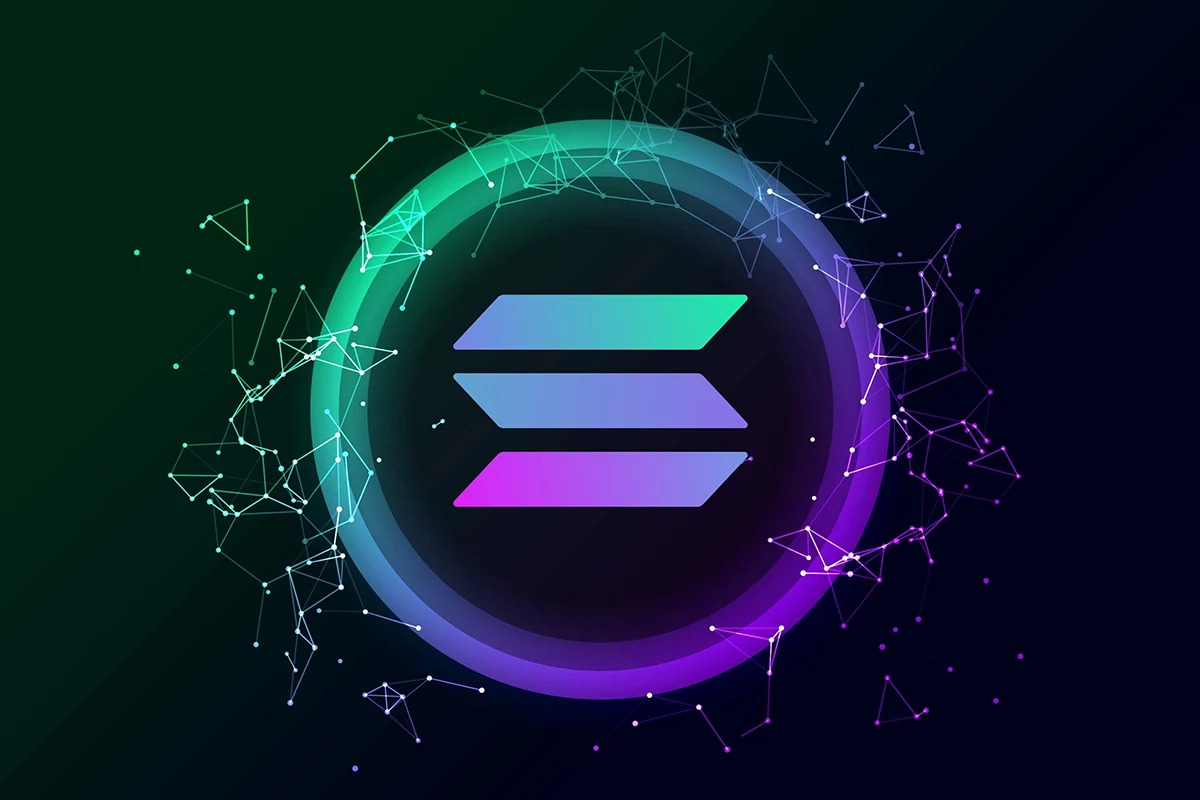Want to make money in the crypto market? Then don't become a KOL.
Author: Liu Ye Jinghong
Let me start by saying something unrelated to the main topic, and also to thank the influential figures in the industry for their recent reposts.
I personally have an X account, but I don't plan to seriously manage it at the moment. This isn't a spur-of-the-moment decision, but a choice made after careful consideration. That's where today's article begins, before we get to the main topic. I've been doing this self-media for quite a few years now, and my reader group is mostly made up of old friends who've weathered several bull and bear markets together. Most of my followers have been reading my content for years, so I'll get straight to the point and talk about the truth.
Why don't I operate X?
To explain this issue, we need to first discuss the monetization logic of Web3 KOLs.
From the perspective of individual KOLs, it is actually very difficult to monetize solely through content itself. As far as I know and have seen, there are probably only a very few like Liu Jiaolian who can survive by relying mainly on paid content.
In my eyes, this circle can be roughly divided into two types of people:
- Cryptocurrency traders
- Web3 users
The first type of cryptocurrency trader doesn't pay for "content," they only pay for "traffic." A typical example is someone posting screenshots of returns of several hundred percent on social media platforms like Taobao or Tiananmen Square, and then teaching you how to trade. I don't consider this paid content; essentially, it's using screenshots of returns to attract traffic, then converting and profiting from it.
The second category is Web3 users, who may be practitioners/entrepreneurs, or people who genuinely have a complete understanding of Web3 and are willing to think deeply about it. These users do pay for high-quality content, but the proportion is very small. In the entire cryptocurrency traffic, after removing all kinds of inflated metrics, I subjectively estimate that this group is probably less than 20%.
More importantly:
These types of people share a common characteristic—they can think for themselves.
The more independent a person is in their thinking, the harder it is to persuade them to spend money using simple marketing rhetoric. This is far more difficult than "tricking a group of people who only want to speculate on cryptocurrencies into a paid group." Therefore, monetizing content for the sake of X's large user base doesn't hold much appeal for me.
The most common way for KOLs to monetize: promotion
Besides paying for the content itself, KOLs now more commonly monetize through various promotions.
From one-off soft advertisements and tweets promoting products to so-called KOL agency collaborations, the essence is always serving the client. In most industries, this business logic is reasonable and legal. But this is the cryptocurrency world—a place where "fraud" can be packaged as a "narrative."
Personally, I'm unwilling to take on too many uncertain legal and moral risks for money, and I certainly don't want to end up "stranded in a foreign country" because of a few promotions. So, over the years, I've basically not participated in these kinds of promotions. To be more realistic, these kinds of promotions aren't a sure thing either; the probability of making a mistake or losing money is not small.
Moreover, Web3 KOLs have now been completely industrialized.
Several MCN agencies are already mass-producing Web3 KOLs:
They mass-produce content from platforms like X, Xiaohongshu, and Douyin to drive traffic, gather people into their private domains, and then convert them all at once—some sell courses, some offer commissions for referrals, and some directly induce people to buy cryptocurrency. My own media platform doesn't involve any of these practices, so I don't consider myself a "KOL."
I'm more like a self-media writer who shares my insights within the industry, occasionally offering my perspectives, nothing more. For the past two years, my main focus has been on "incubation and services related to product development and research." Below, I'll share some personal experiences in this area, which are highly subjective and may completely differ from your understanding. If you disagree, that's perfectly normal, as everyone's path is different.
Lesson 1: Use "reverse thinking" to make money.
As someone who's somewhat of a product manager, I've observed a very common pattern in my work and collaborations:
Most people's starting point is:
"I have a great idea → Turn that idea into a product or service → Then find users, sell it, and scale it up." From a "product methodology" perspective, this is certainly a valid topic. However, from a purely "profit-making" perspective, I prefer to think in reverse:
First, think clearly: Whose money do I want to make?
→ Then design products and services around these "people who are willing to spend money".
Instead of making something first and then looking for users everywhere. Among the projects I've worked on, some were failures, while others were profitable.
- Last year, I worked with a team on an RWA-related project. Their logic was very clear: they already had a clear buyer for the assets they held.
- Buyers need compliant and legal RWA solutions.
- Therefore, it can be deduced in reverse: an RWA project is needed to meet these "existing needs".
- This is a standard "buyer first, product later" approach.
But I see more projects like this:
- There is no clear buyer profile, nor is there any real demand.
- Constantly chasing market trends, changing stories, altering narratives, and restarting hype.
- Hoping to catch some "fish that slipped through the net" from the public traffic of the cryptocurrency circle.
In my opinion, there is a great deal of uncertainty involved.
The probability of a project failing is already over 50% from the very beginning. Let's take another specific example to illustrate "how reverse thinking can help make money".
- I previously collaborated with a friend on a content-related project, where I was responsible for providing a batch of high-quality content.
- His logic is very simple and realistic: he has a pool of real Solana community resources (both domestic and international).
- All community mods have been integrated, allowing users to join group chats and send messages without being kicked out.
- My responsibility is to produce a batch of high-quality content and distribute it to these real-world communities.
- People in the community will naturally be attracted by the content and take the initiative to send private messages.
- He then directs these people into a new community for further development.
- Once the meme market explodes, insert a CA into this newly filtered group and encourage everyone to jump in.
As it turns out, he did indeed make a lot of money during this pump.fun craze.
The key point of this case is:
- He first secured buyers: a group of real, accessible user communities.
- Come back to me for more services: high-quality content tailored to these users.
- Only then can we talk about monetization.
Why do I believe that "making money through reverse thinking" is more likely to lead to success?
This brings us to the second piece of experience.
Lesson Two: First, clearly understand the "sunk costs".
In the race to make money, "ideas" are the least valuable asset.
Everyone has their own ideas and paths to making money. An idea you can come up with is likely something others have also thought of, perhaps even earlier and more maturely. So the question is: when everyone has ideas, what's the key to breaking through?
The answer is: execution.
Ideas are always constrained by execution. Many people have ideas, but only one in ten actually put them into practice.
Most people only see how others make money, and then back down when it comes to actually doing it themselves. Take a more universal example—the restaurant industry.
Many people have thought about similar routes:
"When I have some start-up capital, I'll open my own shop." But when it comes to actually opening a shop, he often chooses a "safer" option: franchising.
The hope was to leverage external resources to eliminate the execution costs of starting from scratch. The result was:
He completely handed over his most important supply chain capabilities and pricing power to others.
Ultimately, this leads to the kind of "franchise pitfalls" we often see in the news. This example illustrates two things:
- Execution ability is scarce.
- Execution capability is inherently limited by "cost".
Why do so many people prefer to pay franchise fees rather than start from scratch and do it themselves?
- Because execution incurs costs: learning costs (such as understanding the supply chain).
- Communication costs (liaising with suppliers, managing employees, and dealing with property management)
- Time and energy costs (you have to actually be in the store, not just a hands-off manager).
I call all of these: sunk costs.
Execution is hampered by sunk costs. Therefore, when you're truly planning to start a business, I believe your primary motivation is likely to make money. Before taking action, a crucial order must be followed:
- What sunk costs do I need to prioritize assessing? Time, money, connections, energy, reputation—the costs in every dimension. Even if I lose everything, make a mistake, or fail miserably, can I bear the consequences?
- If you think the sunk costs are acceptable, then consider: With your current resources, capabilities, and manpower, do you have a chance to do this well?
- Finally, the question is: within this business logic, can you incorporate your own "creativity and ideas" to create differentiation?
If the order is wrong, it can easily become:
Idea → Passion → Execution → Midway through, it becomes clear the costs are unbearable → Project abandoned halfway
Not only did he fail to make money, he also found himself in a dilemma.
Conclusion
If you consider the cryptocurrency world as a giant casino, then most people discuss "how to play the game" every day.
- Few people seriously consider: Who owns this casino?
- Who designed the chips?
- Who wrote the rules?
- And am I a player, or a bargaining chip?
Not operating X, not actively creating traffic-generating games, is simply a choice for me:
I'd rather spend my time on projects that serve real needs and connect with people who are willing to think for themselves and pay for value. If you're also thinking about how to make money, start a business, or transform your career in this industry, I hope you remember at least two things: find "buyers" first, then create your product.
Don't expect to catch "fish that slipped through the net" from public traffic; that's a game for KOLs and organizations, not for ordinary people. Calculate the "sunk costs" first, then talk about execution and creativity.
Even the most beautiful ideas are just illusions if the costs are unbearable. As for how to find your "buyers" and how to assess your sunk costs,
I might write more about it later when I have the chance.
You May Also Like

Solana ETFs Market Grows with Fidelity and Canary Marinade’s New Funds

XRP analysts shift 2025 outlook as liquidity models evolve
